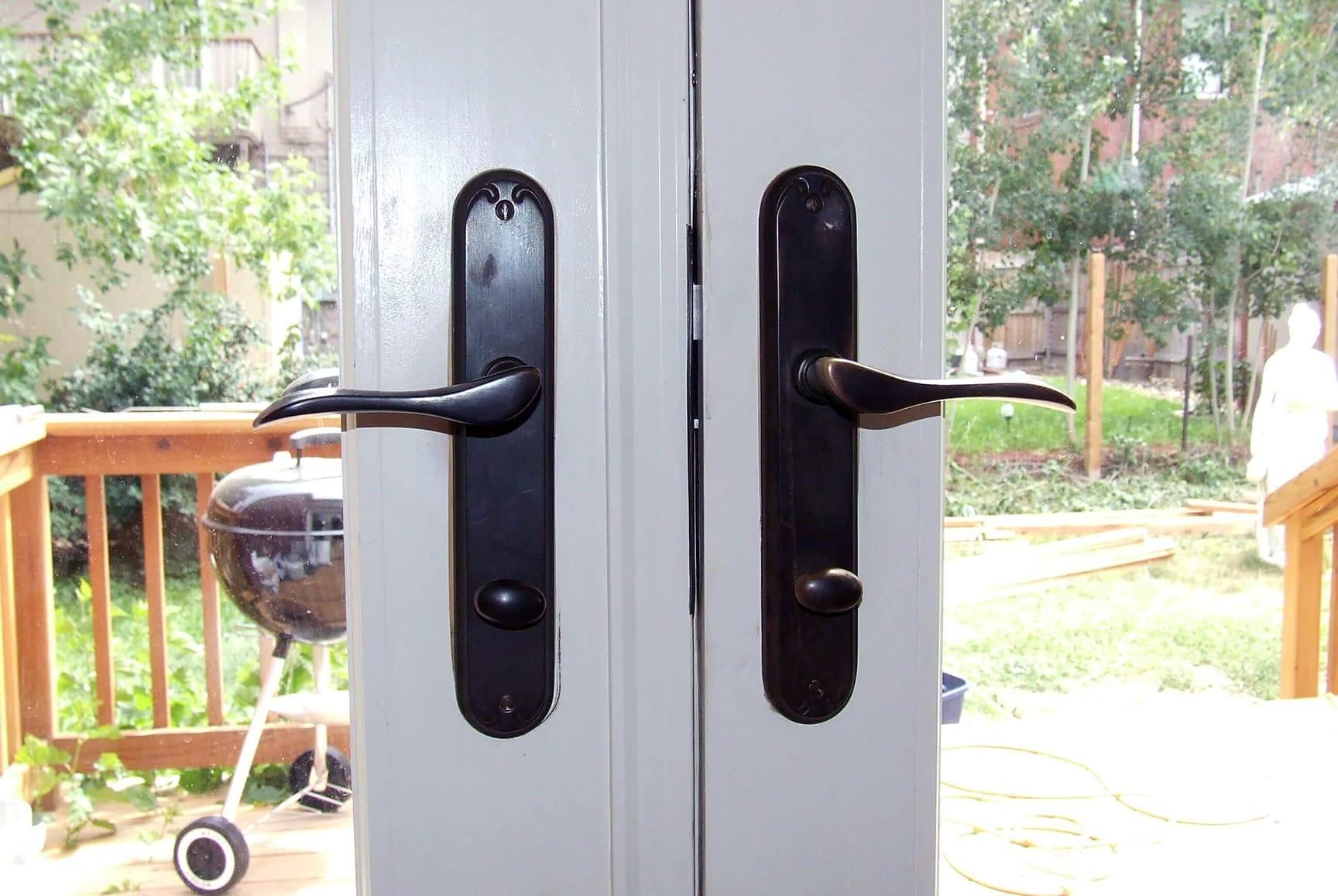Safe and Stylish: Lockable Patio Doors That Elevate Your Home

Patio doors are no longer just an entry point between indoor and outdoor living, they’re a design feature, a security checkpoint, and a comfort enhancer all rolled into one. The right lockable patio door blends aesthetics with practical safety.
Giving you a seamless view of the garden while keeping your family and belongings protected. This article walks through what to look for, the smart features available, and how to choose a patio door that raises both curb appeal and peace of mind.
Why lockable patio doors matter
Lockable Patio Door are large, often glazed, and located at a vulnerable junction of the house. That makes them a natural target for opportunistic burglars — but it also means upgrades here deliver disproportionate benefits. A well-designed, properly secured patio door:
Improves home security by resisting forced entry.
Enhances energy efficiency when properly sealed and glazed.
Boosts property value through better aesthetics and functionality.
Increases day-to-day convenience with smooth operation and modern locking systems.
The goal is to balance visibility and access with robust protection — so you don’t have to sacrifice style for safety.
Choose the right door type for your lifestyle
There are several common Lockable Patio Door styles, each with its own security and style trade-offs:
Sliding doors: Sleek and space-saving, sliding doors are very popular. Look for multi-track systems with anti-lift features and high-quality rollers. Traditional single-point locks are often insufficient; opt for multi-point or auxiliary locks designed for sliding systems.
French doors (in-swing or out-swing): Highly decorative and classical in appearance. When lockable properly (with multipoint locks and strong deadbolts), French doors can be as secure as any entry door.
Bi-fold doors: Offer an expansive opening and modern look. Security depends on robust locking at multiple points along the frame and high-quality hardware that resists prying.
Pivot doors and folding sliding systems: These create dramatic openings but require careful attention to hinge security, reinforced frames, and strong locking mechanisms.
Locks and hardware to prioritize
Not all locks are created equal. For patio doors, aim for multi-point engagement and locks designed specifically for large, glazed doors.
Multipoint locks: These engage at several points (top, middle, bottom) with a single turn of the key or handle. They distribute force, making it much harder to force the door open.
Hook bolts and deadbolts: Hook-style bolts latch into keeps and resist being pushed out under force. Combine these with a robust deadbolt for the best protection.
Anti-lift mechanisms: Particularly important for sliding doors — these devices prevent the sash from being lifted off its track.
Reinforced frames and strike plates: A lock is only as strong as the material it fastens into. Steel-reinforced frames and long, heavy-duty screws in strike plates help the whole system resist brute force.
Security pins on hinges: For outward-opening doors (like some French doors), hinge-side security pins prevent the door from being removed even if hinges are tampered with.
Glass: more than just a view
Large glass panels are beautiful but also a potential weak point. Fortunately, modern glazing options allow you to keep the view without sacrificing safety.
Tempered glass: Stronger than regular glass and shatters into small, less dangerous pieces.
Laminated glass: Consists of two panes bonded together with a plastic interlayer; resists penetration even when cracked.
Double- or triple-glazing: Improves energy efficiency and, when combined with laminated layers, increases security.
Security films and shutters: If replacing glass isn’t an option, retrofit security films or external/internal shutters can add protection and privacy.
Smart locks and sensors: convenience + awareness
Smart security technology turns your patio door into an active part of your home-security system.
Smart multipoint locks: These combine mechanical strength with remote access and monitoring. You can check lock status, grant temporary access, or integrate with home automation systems.
Door-position sensors and contact sensors: Notify you if a patio door is left open or is opened unexpectedly.
Integrated alarms and glass-break sensors: These add another layer of response if an intruder attempts entry.
Battery backup and fail-safe modes: For smart devices, always check for reliable backup power and mechanical override keys in case of electronics failure.
Installation and professional considerations
Even the best door and lock underperform if installed poorly.
Professional fitting: Choose a certified installer experienced with the door style and local building codes. Proper installation ensures correct alignment, secure anchoring, and effective weatherproofing.
Weatherproofing and thresholds: A secure patio door should also seal tightly to prevent drafts and water ingress — which preserves longevity and reduces maintenance.
Certificates and standards: Look for products tested to recognized security standards (regional standards exist in many markets). Reputable manufacturers will provide performance specifications and certification information.
Style without compromise
Security can — and should — complement design. Consider these aesthetic tips:
Slimline frames: Modern aluminum or composite frames offer slim profiles and large glass areas while still allowing reinforcement.
Custom colours and finishes: Powder-coated metals and wood-effect laminates let you match exterior trim or interior décor.
Hardware finishes: Brushed nickel, matte black, or antique brass locks can be chosen to coordinate with your home’s hardware palette.
Invisible security: Many high-security options are discreet — concealed multipoint locks, low-profile bolts, and invisible sensors preserve the clean lines of contemporary doors.
Maintenance and longevity
Keep locks and doors functioning well with regular care:
Lubricate moving parts annually with a lock-appropriate lubricant.
Inspect seals and weatherstripping and replace when worn.
Check screw tightness on hinges, handles, and strike plates.
Test the locking mechanism periodically and address any binding or misalignment quickly.
Choosing the right option for you
To decide, weigh these questions:
How often do you use the patio door and how large is the opening you want?
Do you prioritize unobstructed views or maximum insulation?
Would you prefer a fully mechanical lock, or are smart features desirable?
What’s your budget for installation and long-term maintenance?
Quick buyer checklist
Multipoint lock or equivalent
Reinforced frame and strong strike plates
Anti-lift (for sliding) or hinge security (for outward-opening)
Laminated or tempered glazing (ideally both)
Professional installation and warranty
Optional smart integration and sensors
Final thought
A lockable patio door is an investment in both lifestyle and security. With the right combination of robust hardware, smart technology, high-performance glazing, and tasteful design, you can enjoy sunlight and seamless indoor-outdoor living without trading away safety. Choose quality, insist on professional installation, and you’ll have a patio door that elevates your home — in looks, comfort, and confidence.





